A device that gives clients control over two different switch-activated devices using only one switch
Rehabilitation Engineering Design Projects
as part of senior design at UNC
EMOD: Electronic Medication Organizer and Dispenser
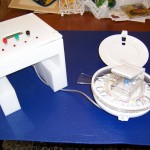
A custom pill dispenser designed to give people with disabilities independence when managing complicated pill schedules, while at the same time also reducing the risk of incorrect dosage organization and consumption.
Comfort Reader 2K6
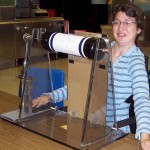
A mechanical reading aid that isolates 1-2 lines of text, and allows the to easily scroll through the page. This increases her reading speed.
Motivational System to Build Upper Body Strength in Children
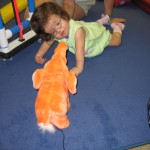
A device that provides motivational feedback when the client pushes up from a prone position. This encourages them to sustain this task, which helps develop upper body strength and posture control.
Flow-Controlled Sports Bottle
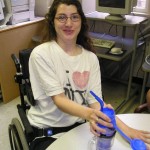
A two-cup system that limits the amount of fluid that the user consumes. This prevents the client, who has traumatic brain injury, from taking in too much fluid at once and choking.
Talking Dots
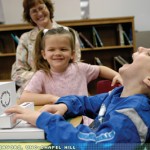
An electronic game that provides audible feedback when the client types a letter in Braille.
The Sound Wall: Muscle Strengthening and Sensory Stimulation
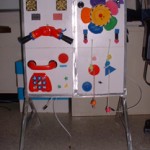
A portable “wall” of toys and devices that promote muscle strengthening and motor control.
The Personal Attendant Call: Improved communication between patient and attendant
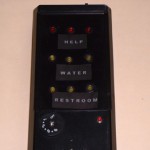
A personal attendent call that is simple to use, and conveys one of three different messages to the aide.
The Toy Retriever: Allows user to fetch objects off the floor from a wheelchair
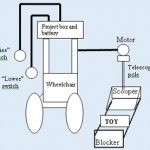
A device that enables a child to pick up his toys while still seated in his wheelchair.

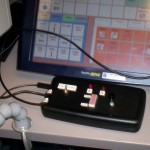
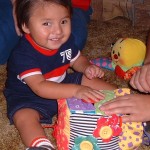
University Operator: (919) 962-2211 | © 2024 The University of North Carolina at Chapel Hill |